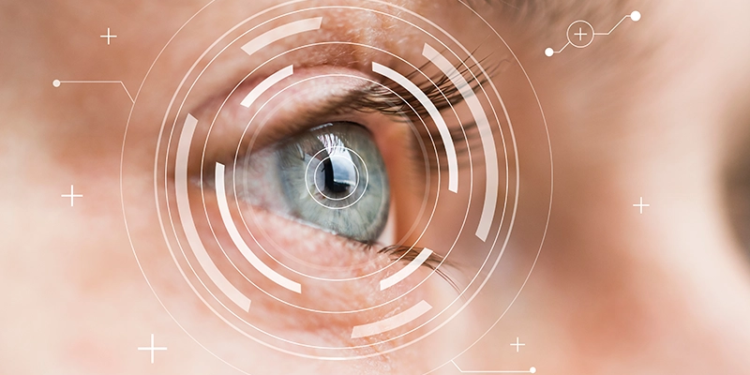
Norbert Nathanson was born in 1926 without a right hand and with his feet not fully formed. He learned to walk using special shoes, but his reduced stature and altered gait pattern were pronounced, and ambulation was always uncomfortable and often excruciating. In his 2013 memoir, A Secretly Handicapped Man, he describes his lifelong struggle to fully participate in a society with little acceptance of difference and disability. Despite a lifetime of experiencing disadvantage and overcoming obstacles, his matter-of-fact narrative lacks bitterness and includes passages of deep introspection with no attempt to cause pity or place blame.
After elective bilateral transtibial amputations at the age of 34, he experienced a five-and-a-half-inch increase in height, relatively pain-free ambulation, and the ability to move through the world without an obvious mobility limitation. Having experienced decades of mistreatment and discrimination because of highly visible disabilities, his goal was to go unnoticed, and for the rest of his life he maintained a strong commitment to hiding his differences as best he could. His son recalls being instructed at three years of age to not tell the neighbors about his father’s prostheses. He and his sister “were constantly reminded that we were not to talk about my father’s secret…. Modern advances in medical science provided him a new façade…. Artificial legs and feet normalized his height, gait, and appearance, and facilitated a privacy he had never known….With disabilities now hidden, he did not venture to share his story, fearing that disclosure could invite return of discriminatory treatment he had previously experienced.”1 The transparency of his writing about the mundane and intimate aspects of his life contrasts dramatically with the private way in which he lived it.
Support authors and subscribe to content
This is premium stuff. Subscribe to read the entire article.





